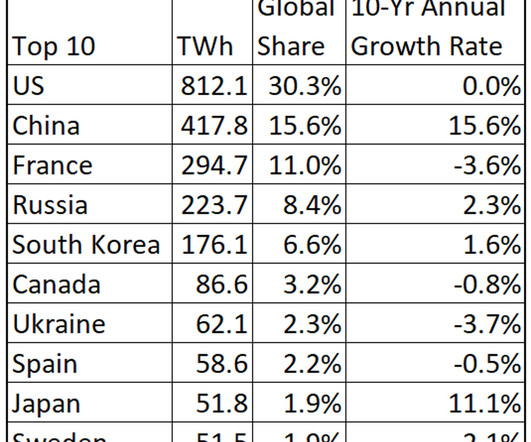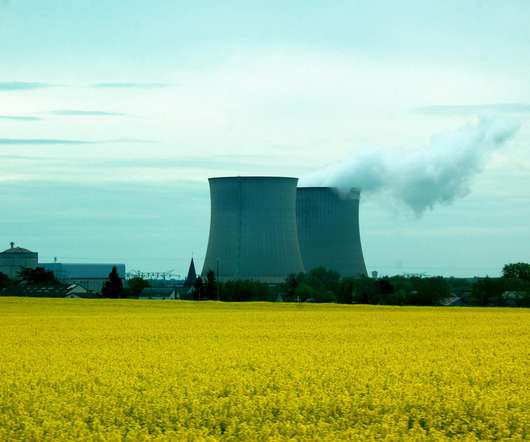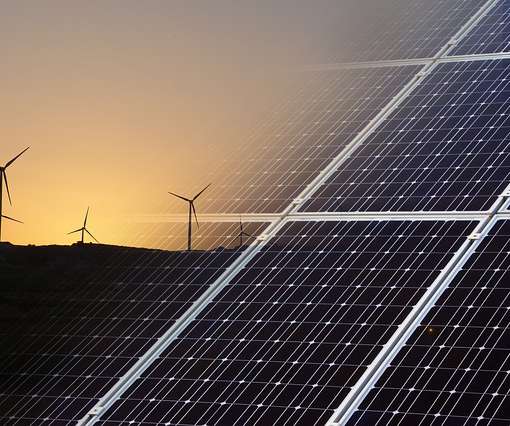China Poised To Surpass The U.S. As The World’s Top Nuclear Power Producer
R-Squared Energy
SEPTEMBER 15, 2023
Previous articles discussed the trends in global carbon dioxide emissions , the overall highlights of the Review, the production and consumption of petroleum, natural gas production and consumption, and coal production and consumption. Today we will cover nuclear power. Nuclear power is unique among energy sources.

















Let's personalize your content